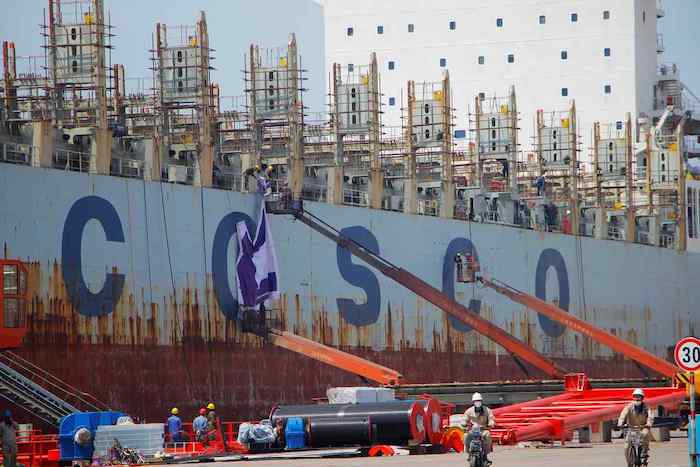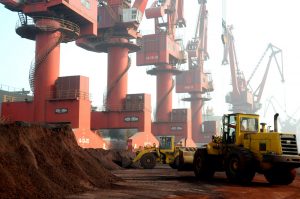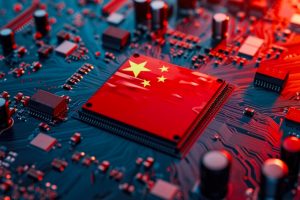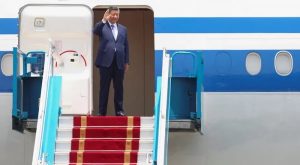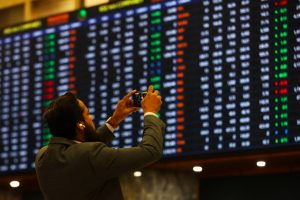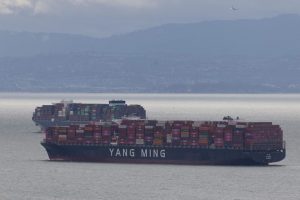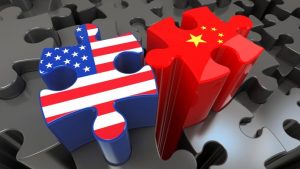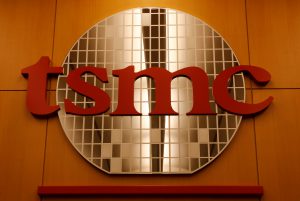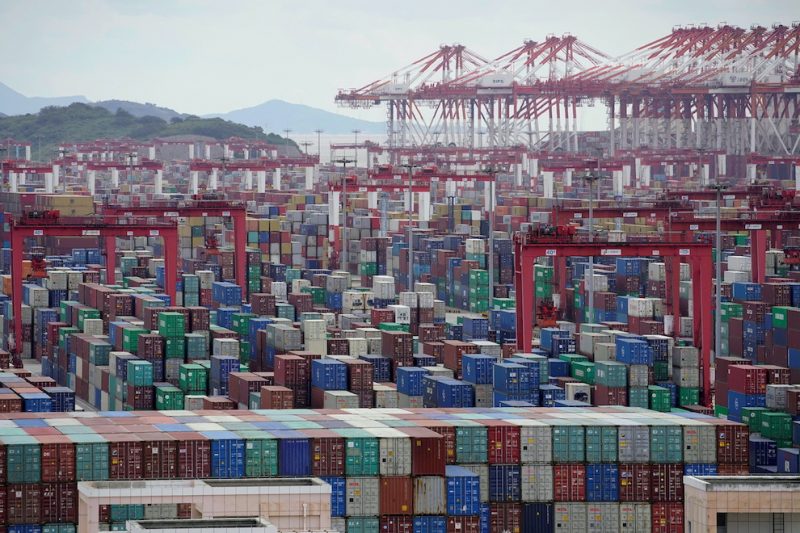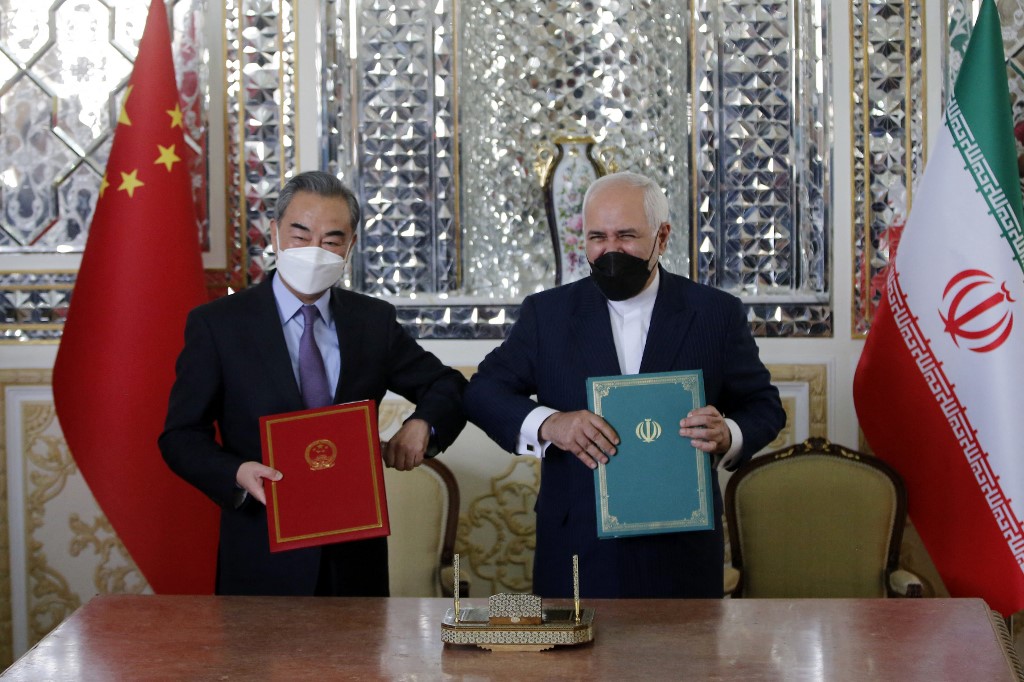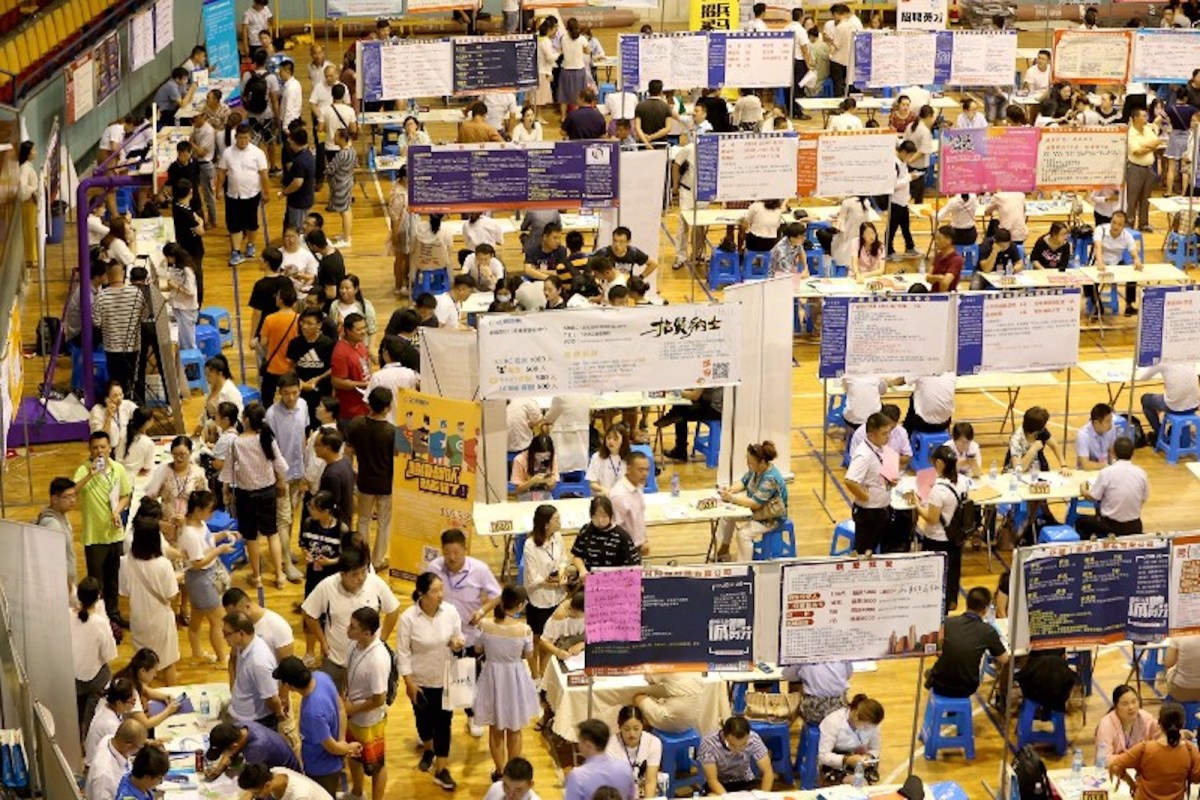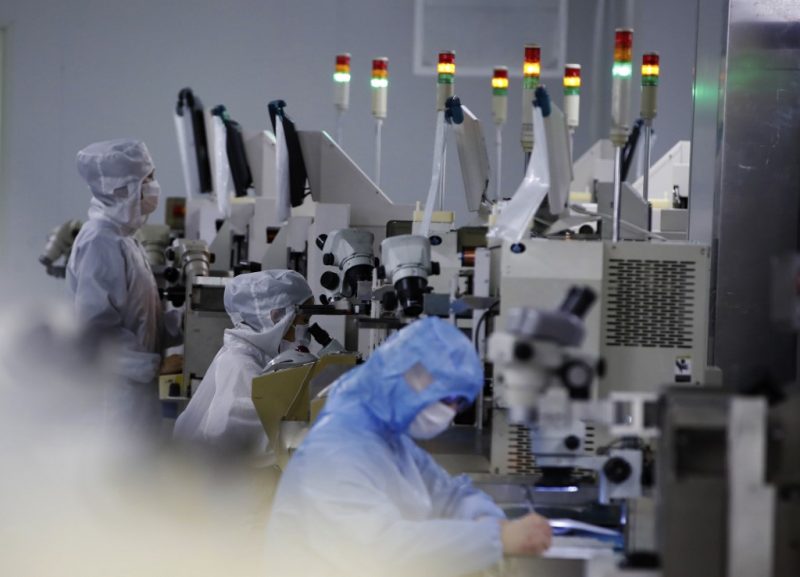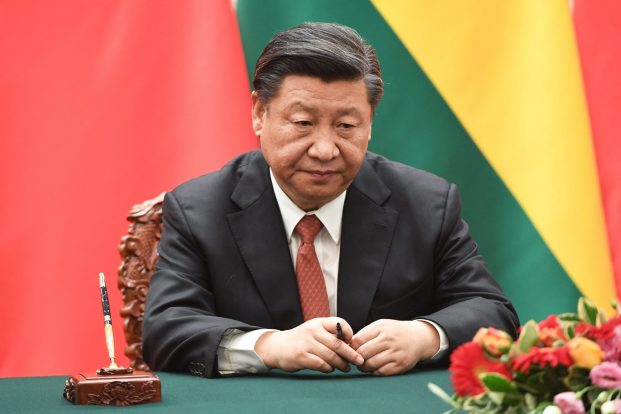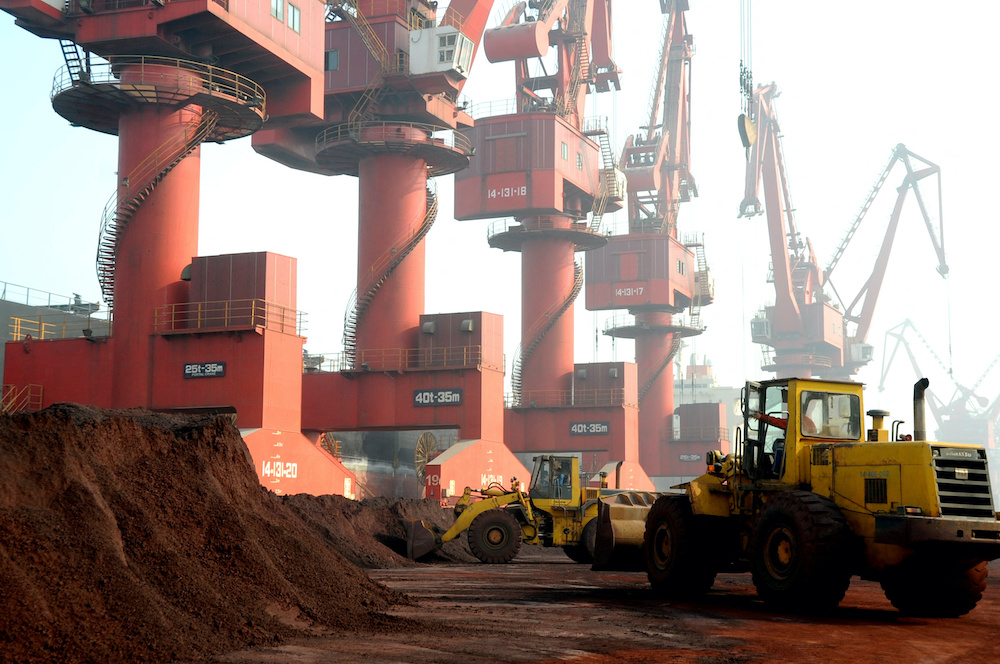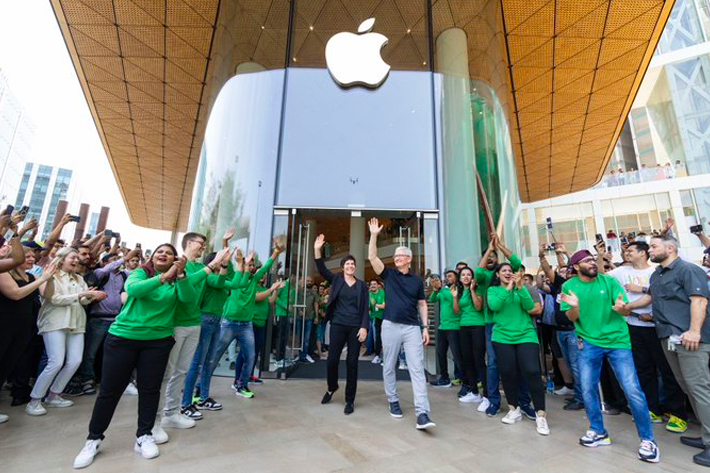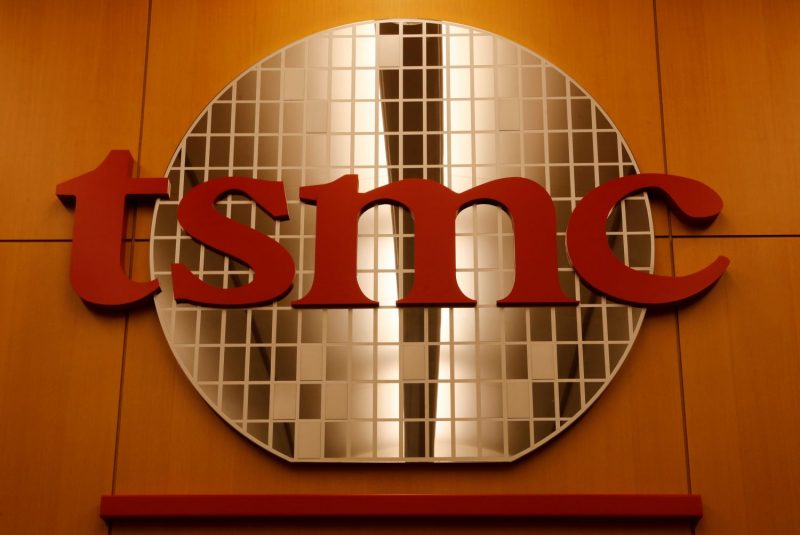China uses unfair policies to dominate global shipbuilding and maritime logistics, according to sources who know the results of a months-long US probe into these sectors.
US Trade Representative Katherine Tai launched the probe in April 2024 under the 1974 Trade Act at the request of US unions such as the United Steelworkers. Section 301 of the law which allows the US to penalize foreign countries that undertake acts that are seen are “unreasonable” or burden US commerce.
Investigators concluded that China targeted the shipbuilding and maritime industry for dominance, using financial support, barriers for foreign firms, forced technology transfer and intellectual property theft and procurement policies to give its shipbuilding and maritime industry an advantage, according to one of the sources, who was not authorized to speak publicly.
ALSO SEE: New US Sanctions ‘Will Cut Russian Oil Shipped to China, India’
Beijing also “severely and artificially suppressed China’s labour costs in the maritime, shipbuilding and logistics sectors,” that person said, citing excerpts of the report.
No immediate comment was available from the Trade office, the White House or the transition team of President-elect Donald Trump. Chinese officials were not immediately available for comment.
‘Subsidies help China dominate market’
The probe cites data showing that China’s share of the $150 billion global shipbuilding industry has expanded to over 50% in 2023 from around 5% in 2000, largely aided by government subsidies, while once dominant US shipbuilders have seen their share dwindle below 1%. South Korea and Japan are the next biggest shipbuilders.
The report provides a fresh cudgel for the incoming administration to hammer China, and could pave the way for tariffs or port fees on Chinese-built vessels, as proposed by the unions. Such a move would likely come after a public comment period, they said.
Trump used the same Section 301 statute to impose tariffs on hundreds of billions of dollars of Chinese imports during his first term after a USTR investigation found China was misappropriating US intellectual property and coercing the transfer of US technology to Chinese firms.
USTR will release its findings later this week, days before Biden, a Democrat, leaves office on January 20, the sources said.
The report comes on the heels of sharp criticism from the US and other Western powers of China’s aggressive industrial policies and over-production of commodities like steel, and reflects rare bipartisan agreement about the need to fix US shipbuilding. China denies any wrongdoing.
The report follows four years of efforts by the Biden administration to reduce China’s dominance by continuing Trump-era tariffs, adding new ones, including on electric vehicles, and imposing a range of export controls.
Tai’s office last month announced a last-minute trade investigation into older Chinese-made “legacy” semiconductors that could heap more US tariffs on chips from China that power everyday goods from autos to washing machines to telecoms gear.
Experts agree that rebuilding the once vibrant US shipbuilding and maritime industry will take decades and cost tens of billions of dollars. Tariffs alone will not suffice, they said.
“China’s targeting of the maritime, logistics and shipbuilding sectors for dominance is the greatest barrier to the revitalization of US industries in these sectors,” the report concludes, according to an excerpt shared with Reuters.
Scott Paul, president of the American Alliance for Manufacturing, a nonprofit labour-business partnership, said he understood that the findings were compelling.
“My understanding is that … a process will be laid out to try to stop the erosion of our shipbuilding industrial base and to start it growing again,” he said.
US may need help to build navy vessels: Trump
Trump, who has said he will increase tariffs on Chinese goods to 60%, last week blasted its moves to dominate commercial and military shipbuilding, telling radio host Hugh Hewitt that the US had “suffered tremendously” and needed to shift course.
He also suggested that the US might have to turn to allies to build needed naval vessels for the US military.
Trump’s incoming national security adviser Mike Waltz has also been deeply engaged on the issue, drafting a bipartisan bill with Democratic Senator Mark Kelly to revitalize the US shipbuilding industry before he resigned from Congress.
“We’re way too dependent on China in particular. We do not have surge capacity. We have very little shipbuilding capacity, and for a superpower that’s completely unacceptable,” Paul said.
The US now has just 20 public and private shipyards down from over 300 American shipyards in the early 1980s. Experts say demand is strong and growing for civilian and military vessels.
- Reuters with additional editing by Jim Pollard
ALSO SEE:
US to Finalise Rules Against Chinese Cars, Software Next Week
Nearly One in Every Two Cars Sold in China Was Electric in 2024
Trump Planning to Clamp Down on Chinese EV Supply Chains
Key EV Software Must be Made in an Allied Nation: US Official
New US Probe Announced Into China’s Legacy Chips
Smuggling Network Selling Nvidia Chips to China’s Military – BI
US Chips ‘Not Safe’ to Buy, Chinese Industry Bodies Claim
China Researchers Got Banned Nvidia Chips Via Server Products
China Chip Sector Faces a Third Wave of US Export Curbs
China Firms Order Dozens of Ships For EV, Exports Surge
US Group Says Taiwan’s Evergreen Helps China Navy Cut Costs




